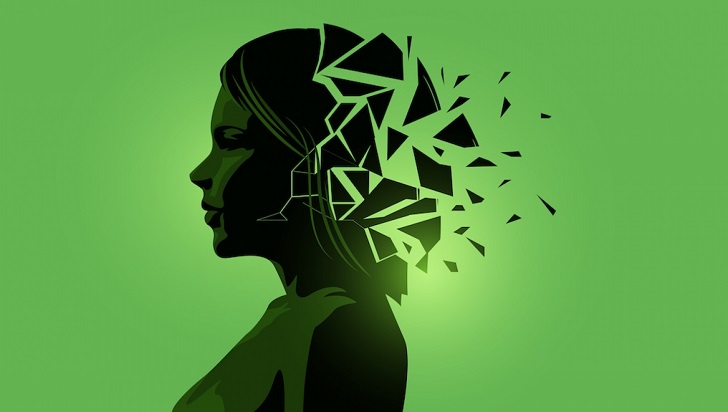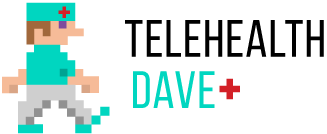
The Role of Art and Technology in Mental Health

Art and technology can potentially revolutionize how we approach mental health. With the advancements in technology and the integration of art, we have seen a shift in how people seek help and treatment for mental health issues. Here are some ways art and technology play a critical role in mental health.
Art Therapy
Art therapy is a form of therapy that uses creative expression to promote healing and well-being. Art therapy can treat various mental health issues, including anxiety, depression, and PTSD. By using art as a medium, individuals can explore their thoughts and emotions in a safe and non-judgmental environment.

Sarah Finch/ Pinterest | There is hope, even when your brain tells you there isn’t
Art therapy has been used for centuries, but with the integration of technology, it has become more accessible than ever. Online art therapy platforms allow individuals to participate in art therapy sessions from the comfort of their own homes. These platforms provide access to licensed therapists who can guide individuals through creating art to help them explore their emotions and promote healing.
Virtual Reality Therapy
Virtual reality (VR) technology has been used to treat various mental health issues, including anxiety disorders, PTSD, and phobias. VR therapy allows individuals to immerse themselves in a virtual environment that simulates real-life situations. This immersive experience can help individuals face their fears and anxieties in a controlled and safe environment.
Virtual reality therapy is effective in reducing symptoms of anxiety and PTSD. In a study by the University of Southern California, participants who underwent virtual reality therapy showed significant improvement in their symptoms compared to those who underwent traditional therapy.
Mindfulness Apps
Mindfulness apps are becoming increasingly popular in the field of mental health. These apps provide guided meditations and mindfulness exercises to help individuals manage their stress and anxiety. By practicing mindfulness, individuals can learn to be present at the moment and become more aware of their thoughts and emotions.

Sarah Finch/ Pinterest | Tough times never last, but tough people do!
Mindfulness apps are a great way to integrate technology into your mental health routine. These apps are convenient and can be accessed anywhere, anytime. They can also be personalized to fit the specific needs of the individual.
Artificial Intelligence Therapy
Artificial intelligence (AI) has the potential to revolutionize the field of mental health. AI therapy can provide a personalized treatment plan for individuals with mental health issues. By analyzing data from various sources, including social media, wearables, and other apps, AI can provide insights into an individual’s mental health and suggest personalized treatment plans.
AI therapy can potentially make mental health treatment more accessible and affordable. By using AI to analyze data, therapists can provide more personalized treatment plans without needing face-to-face consultations. This can help individuals who may not have access to traditional mental health services.

Sarah Finch/ Pinterest | Technology has opened up new avenues for accessing mental health
Teletherapy
Teletherapy is the use of technology to provide mental health services remotely. Teletherapy can be conducted through video conferencing, phone calls, or text messaging. This form of therapy allows individuals to receive mental health services from the comfort of their own homes.
Teletherapy has become increasingly popular during the COVID-19 pandemic, as more individuals seek mental health services but are unable or unwilling to leave their homes. Teletherapy has also been effective in treating various mental health conditions, including depression, anxiety, and PTSD.
More in Mental Health
-
`
Amanda Bynes Pregnant at 13? Debunking the Rumors
In recent years, the internet has been ablaze with rumors surrounding former child star Amanda Bynes, particularly regarding allegations of a...
July 1, 2024 -
`
Can Baking Soda Clean Your Lungs?
Years of inhaling cigarette smoke, pollution, and other toxins can leave you longing for a way to cleanse your lungs. The...
June 27, 2024 -
`
How to Build Muscle Mass After 60? 5 Proven Strategies
Curious about how to build muscle mass after 60? You are not alone. And the good news is that it is...
June 20, 2024 -
`
Prediabetic Foods That Can Lower Your Blood Sugar in 2024
Prediabetes is a health condition characterized by blood sugar levels that are higher than normal but not high enough to be...
June 13, 2024 -
`
Kelly Clarkson’s Weight Loss Journey | Here Are the Details
Kelly Clarkson’s weight loss has been a hot topic among fans and media alike. The iconic American singer and host of...
June 3, 2024 -
`
Essential Vitamins for Gut Health – A Comprehensive Guide
Our gut does more than just digest food – it plays a vital role in immunity, mood, and overall health. But...
May 30, 2024 -
`
Looking to Build A Stronger Sculpted Back? Try Cable Back Workouts
Back workouts using cables, or cable back workouts as they are commonly known, have become the gold standard for anyone aiming...
May 22, 2024 -
`
How Much Water Should I Drink on Creatine? Hydration Tips
Creatine, a popular supplement among athletes and fitness enthusiasts, has gained widespread recognition for its ability to enhance muscle strength, power,...
May 17, 2024 -
`
What Is Bruce Willis’s Net Worth? Get the Inside Scoop Here!
Bruce Willis, the action hero who has saved the day countless times on screen, has built a legendary career. But how...
May 11, 2024















You must be logged in to post a comment Login